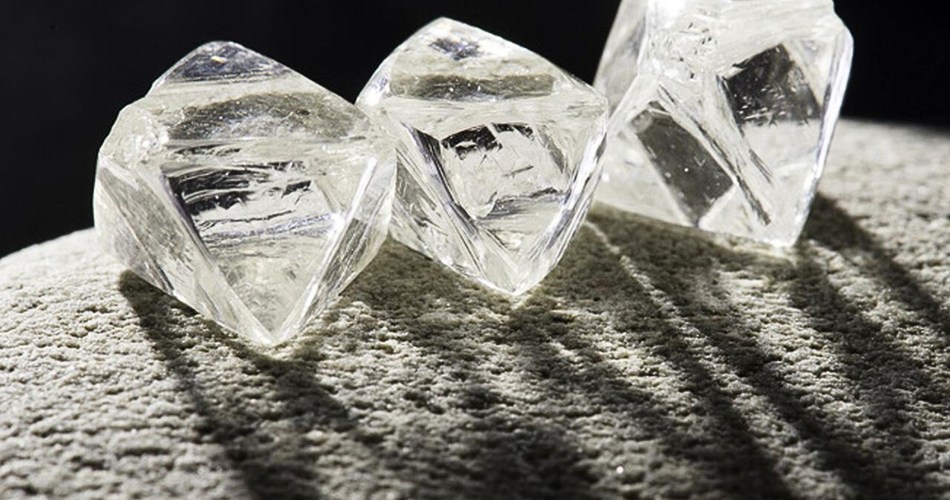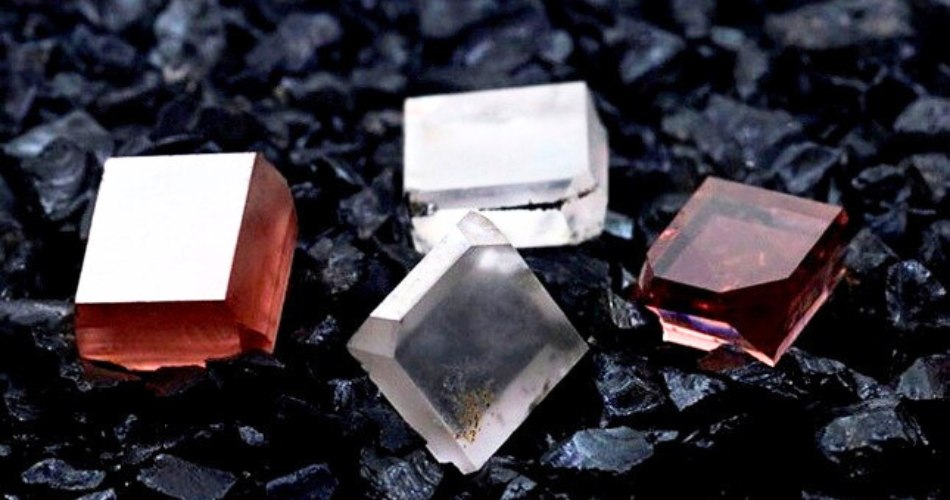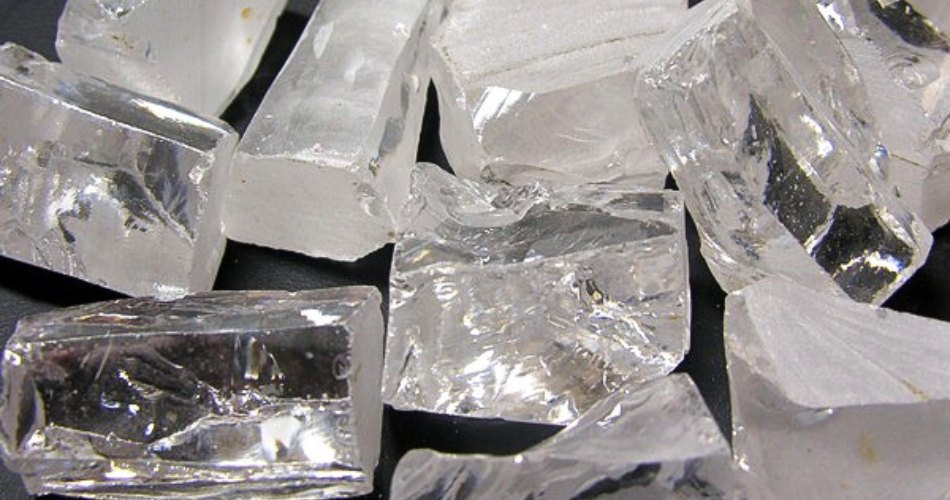- by aribecacar@gmail.com
- March 5, 2024
- Trends
Natural or naturally mined Diamonds:
– **Formation**: Natural diamonds formed deep within the Earth over millions of years. They grew under extreme pressure and high temperature, originating as far as three billion years ago.
– **Origin**: These diamonds were brought to the surface through volcanic activity, where they lay in a type of volcanic rock formation known as **kimberlite pipes**.
– **Composition**: Natural diamonds consist of essentially pure carbon crystallized in the isometric cubic system. However, most natural diamonds contain trace amounts of other substances, particularly nitrogen (which gives them a yellow color) or, more rarely, boron (which imparts a blue color).
– **Inclusions**: Natural diamonds often contain tiny inclusions—bits of foreign material trapped during their formation millions of years ago.

Synthetic Diamonds or “lab grown diamonds”:
– **Formation**: Lab-grown or synthetic diamonds are created in laboratories using high heat and pressure to simulate the conditions that form natural diamonds.
– **Properties**: These lab-grown diamonds have essentially the same chemical, physical, and optical properties as their natural counterparts. They look identical to natural diamonds but are grown in a controlled factory environment.
– **Growth Morphology**: While they appear identical, synthetic diamonds can have subtle differences in growth morphology compared to natural ones. Gemologists and specialized equipment can detect these differences.
– **Production Techniques**: There are two primary methods for creating synthetic diamonds:
– **High Pressure, High Temperature (HPHT)**: This method mimics the natural diamond formation process over a period of 10 to 12 weeks.
– **Chemical Vapor Deposition (CVD)**: In this technique, a diamond seed undergoes extreme conditions in a lab environment until it crystallizes into a full rough diamond.
Side note : Lab grown diamonds are created by burning coal. Therefore the argument of being more enviroment friendly is false.

Simulated Diamonds:
– Simulated diamonds are not true natural or lab-grown diamonds. They include stones like cubic zirconia, white sapphire, moissanite, zircon, rutile, spinel, and synthetic garnet.
– Unlike lab-grown diamonds, simulated diamonds have either been manufactured or chemically altered. However, they do exhibit diamond-like optical properties.

In summary:
– **Natural Diamonds**: Formed deep within the Earth over billions of years.
– **Lab-Grown Diamonds**: Created under controlled conditions with properties similar to natural diamonds.
– **Simulated Diamonds**: Not true diamonds; they resemble diamond appearance but lack the same chemical composition.
Both natural and lab-grown diamonds have their unique appeal.
Whether you choose one over the other depends on your preferences and values.